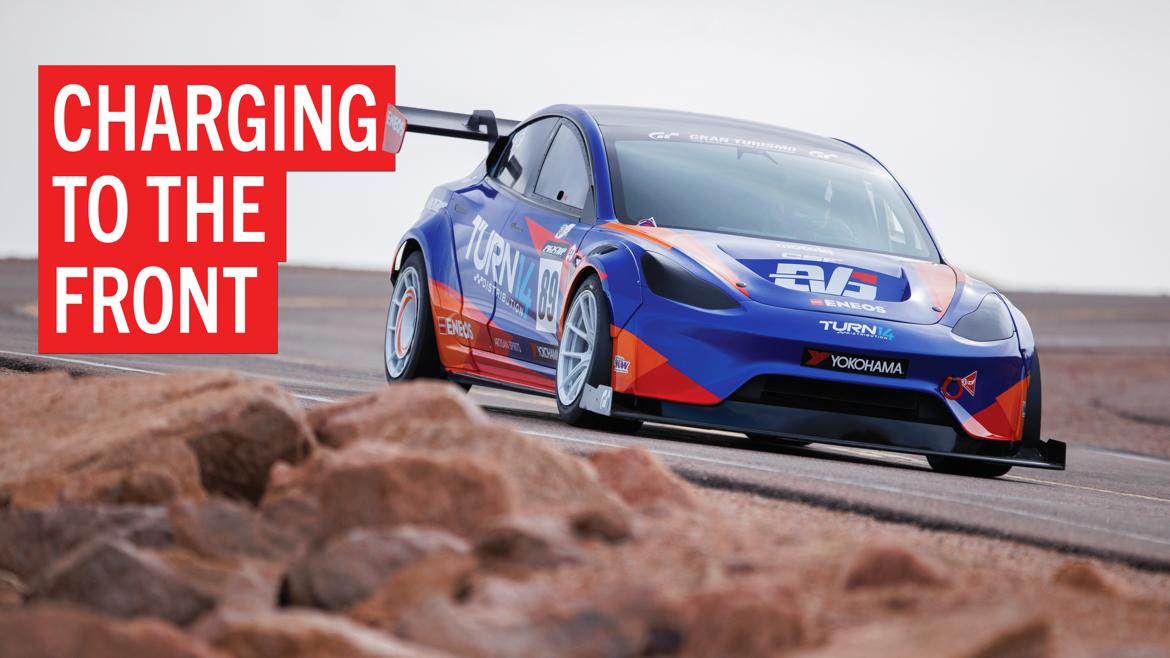Kicking back against the starter usually means the timing is too far advanced.
Since it's points, I recommend you baseline the engine by doing it this way:
Assuming you've gapped the points properly...
Turn the engine over to top dead centre on #1 cylinder, according to the timing marks. Now turn it forward until it's advanced the 8 degrees or whatever it's supposed to be.
Take the distributor cap off and ensure that the rotor is pointing at #1 wire terminal. If it's not, rotate the distributor body so it's pretty much centered on it.
Disconnect the wire that goes from the distributor to the negative side of the coil.
Put the probe of your test light into the positive battery terminal and connect the clip to the wire coming from the distributor that was formerly connected to the negative terminal of the coil. The light -should- light up if the points are closed, you might have to rotate the distributor body a little bit one way or the other.
Now, slowly rotate the distributor body in the opposite way to the rotation of the rotor until the test light goes out. Your distributor is now timed very close to correct. Lock it down and hook everything back up again.
Now, manually open the choke plate on the carburetor and hold it there, cycle the throttle open and shut with your hand, once it's shut, let go of the choke plate. The choke plate should stay slightly open now. This should set the idle stop screw on the slow idle position.
Back the idle speed screw on the carburetor out until it no longer contacts the stop. Turn it back in until it just touches, now turn it in one and a half turns.
Gently turn each mixture screw in until it seats and then back it out one and one half turns.
Pump the gas to set the choke on fast idle and start the engine.
It should start and run at fast idle, let it warm up and get it on to the slow idle stop. Turn each mixture screw in or out the same amount until the engine won't run any faster using only the mixture screws.
Adjust the idle speed screw to your correct idle speed, you might have to do this in Drive if it's an automatic. Have someone hold the car on the brake.
Now get your timing light out, disconnect and plug the vacuum advance hose and set your base timing.
The engine is probably dying at idle because the timing is too far advanced and the throttle plates have been shut too far in order to get the high idle speed down which is caused by excessive spark advance.
Remember, the only way to diagnose something is to take it back to stock settings and start from scratch, ensuring that all the basics are correct.
It's simple. Fuel, Air, Spark and each one has to happen at the correct time and quantity.
You honestly have the simplest engine configuration on your hands. One fuel line and three wires will make a carbureted, points ignition engine run.







































